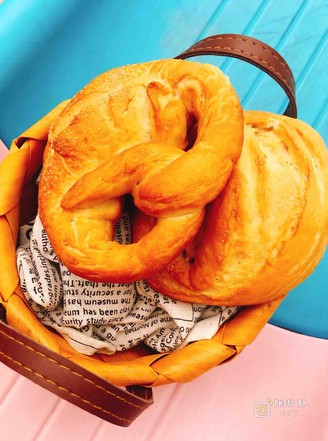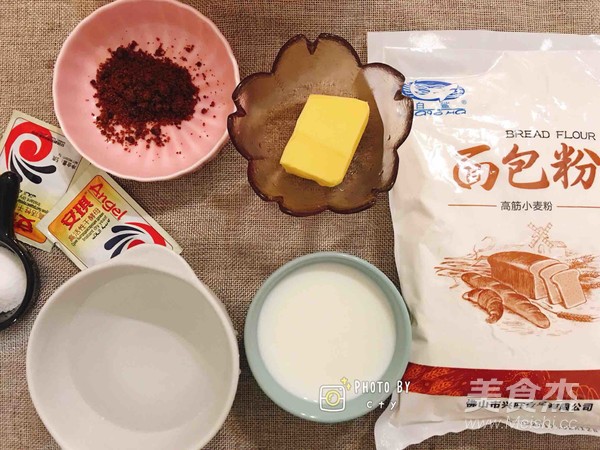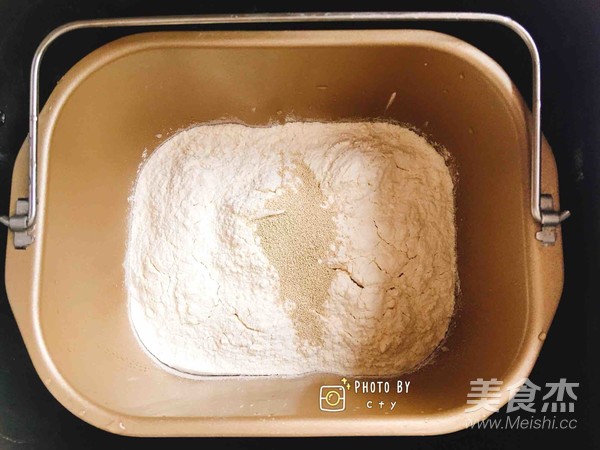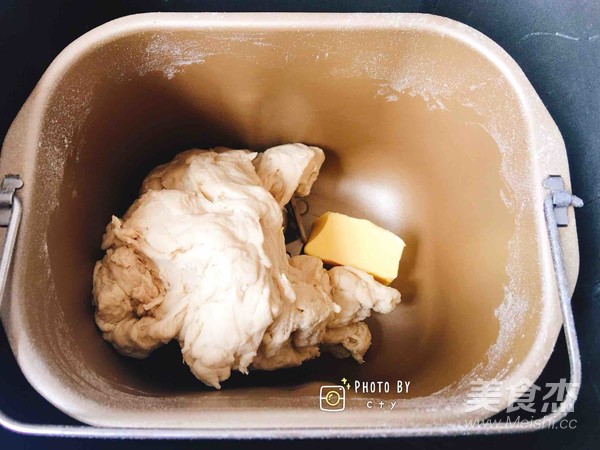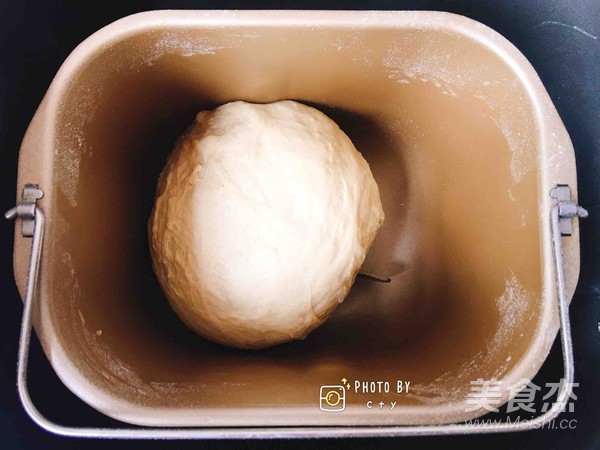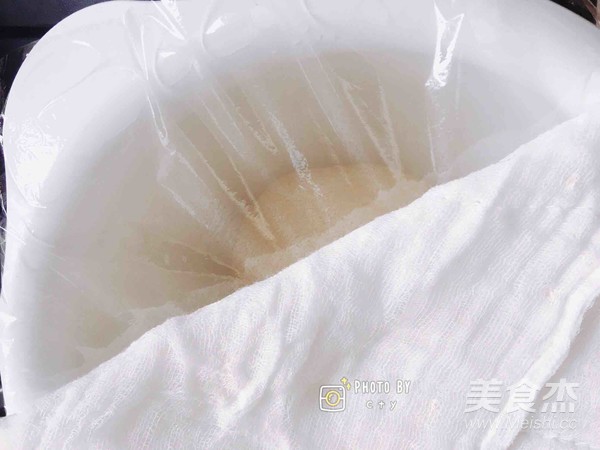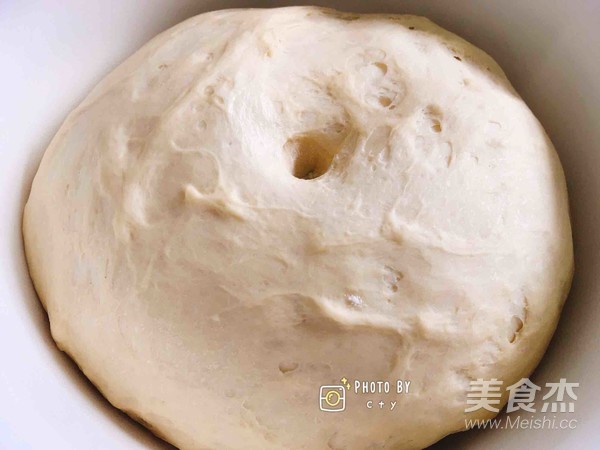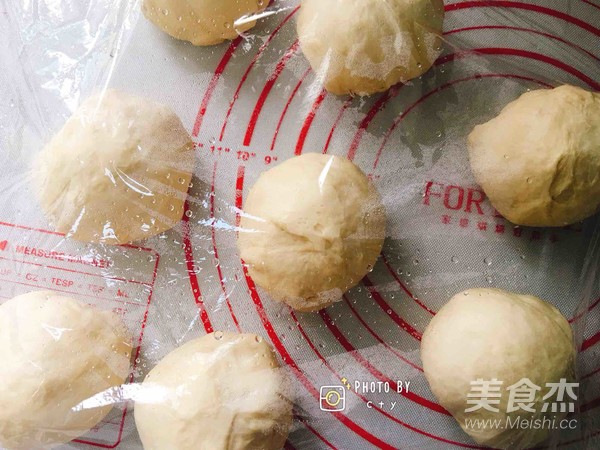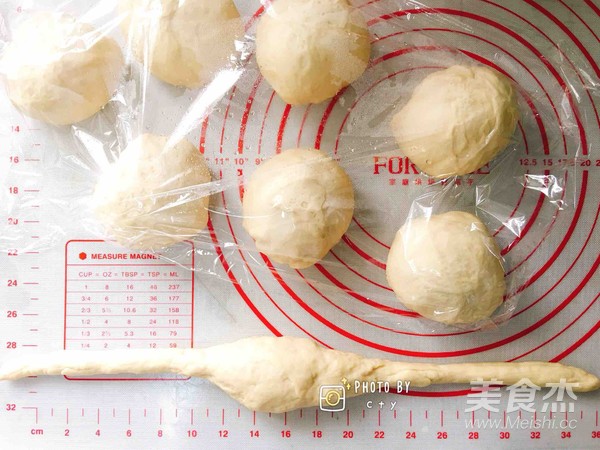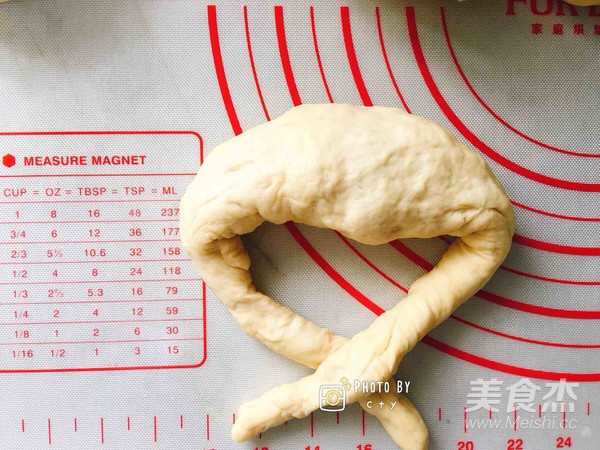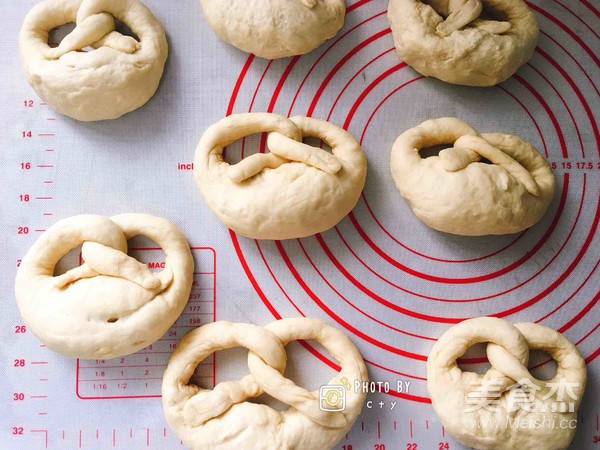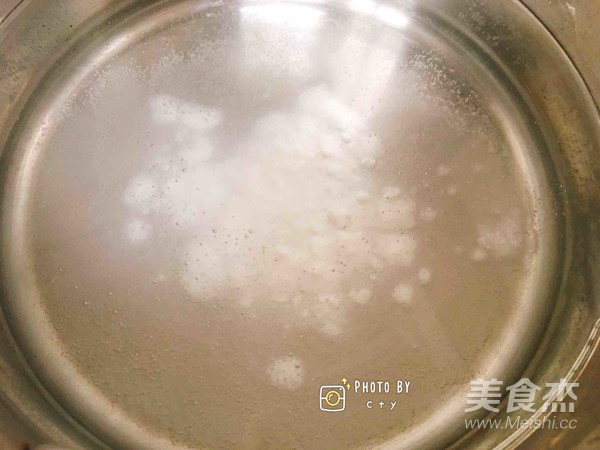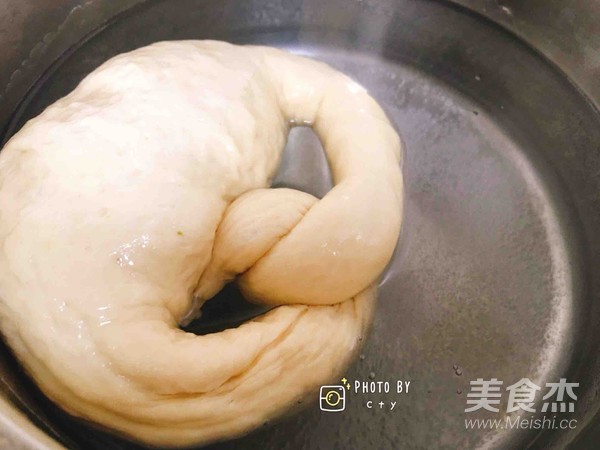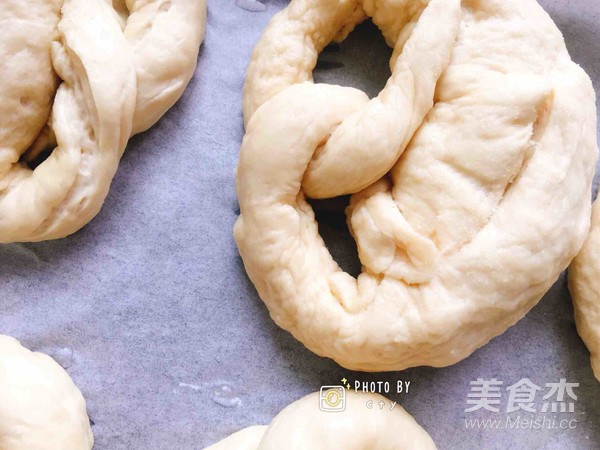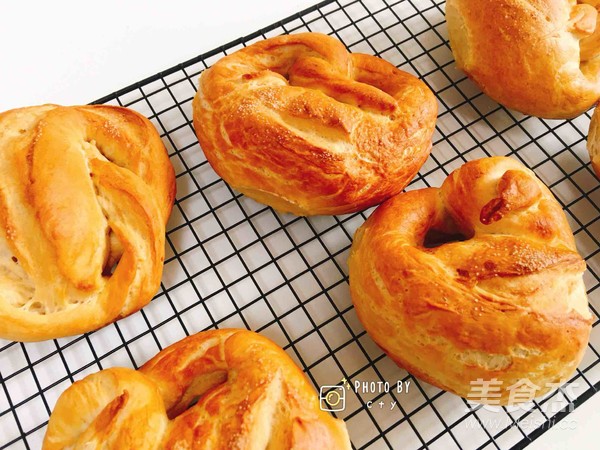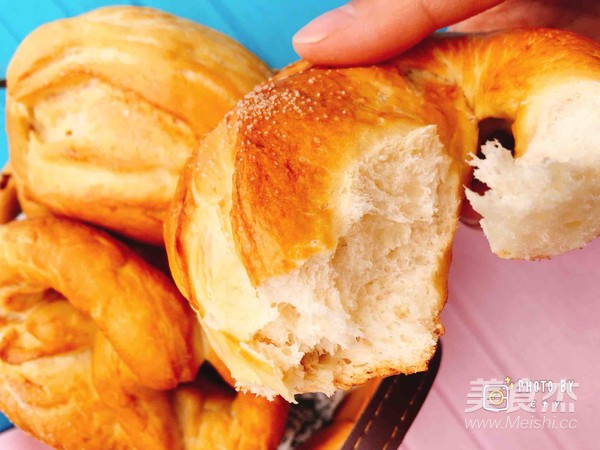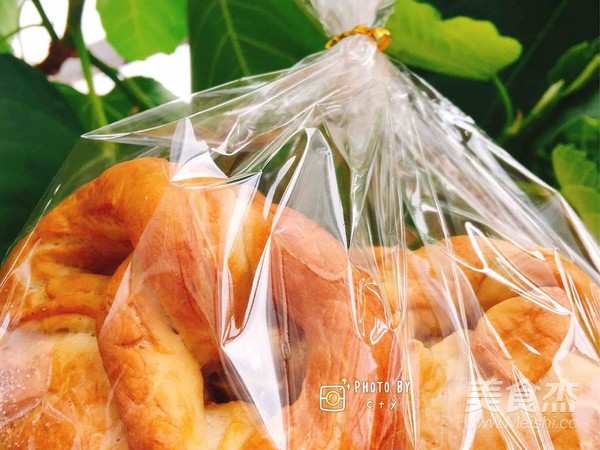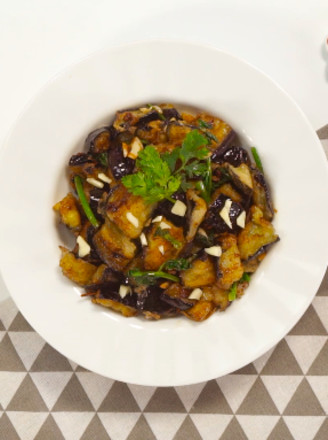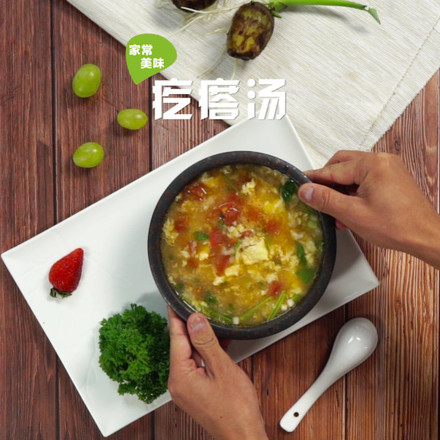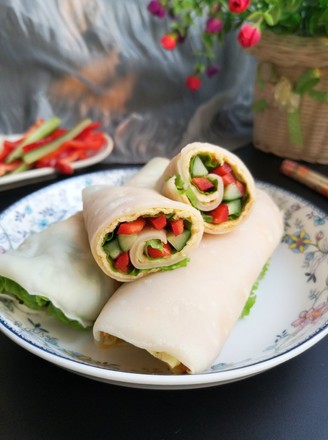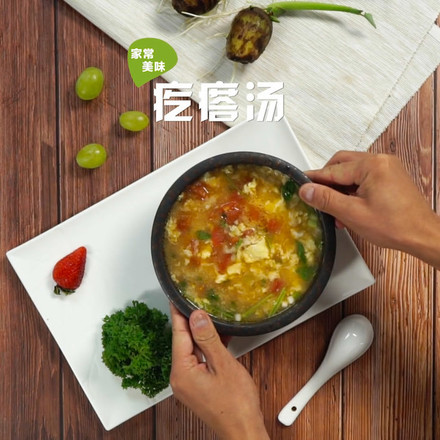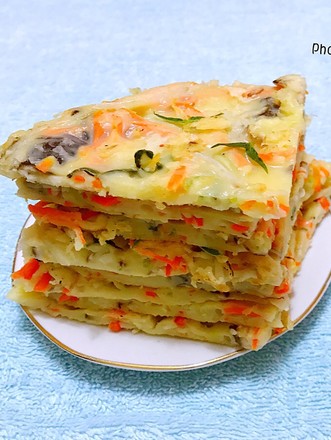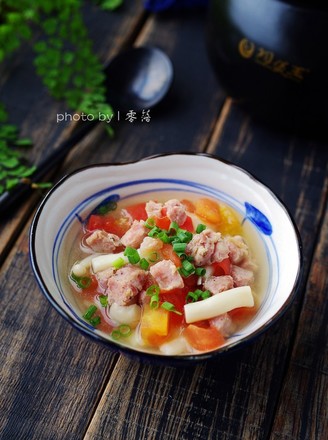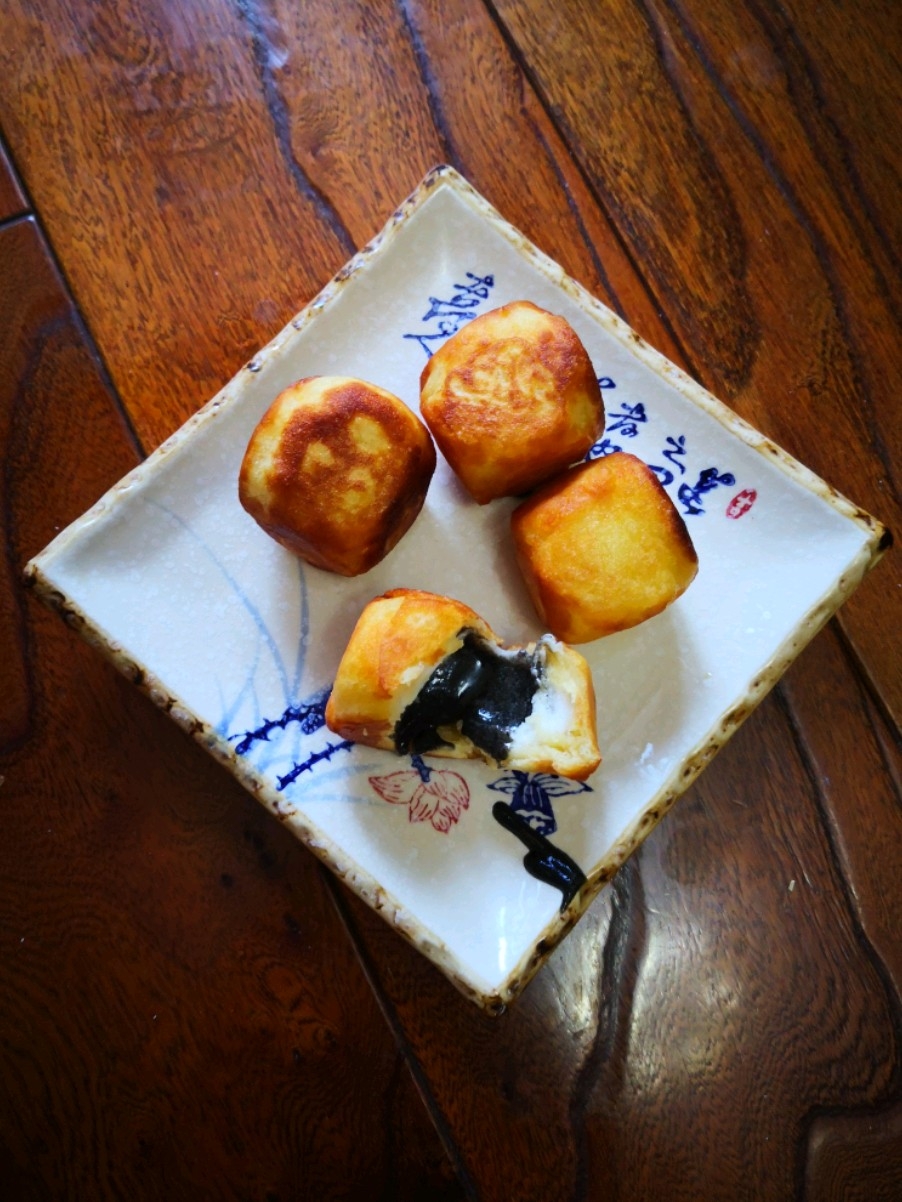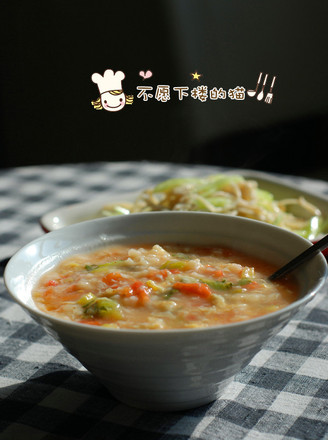German Lye Bread in A Non-traditional Sense-knotted Bread
by Rapeseed Hemp Sauce
Favorite
Difficulty
Normal
Time
30m
Serving
4
Strictly speaking,
This is not lye bread.
It is an improved kink-knot bread that is a little salty.
The taste is slightly salty,
Especially the salted part tastes very salty and fragrant.
It is a taste that has not been eaten before.
Unlike French sticks,
Unlike bagels,
It’s different from ordinary salted bread,
The surface taste is hard and crisp, but softer than French stick;
The tissue inside is very elastic, soft and fragrant,
It is a bread that you will definitely fall in love with after eating.
This is not lye bread.
It is an improved kink-knot bread that is a little salty.
The taste is slightly salty,
Especially the salted part tastes very salty and fragrant.
It is a taste that has not been eaten before.
Unlike French sticks,
Unlike bagels,
It’s different from ordinary salted bread,
The surface taste is hard and crisp, but softer than French stick;
The tissue inside is very elastic, soft and fragrant,
It is a bread that you will definitely fall in love with after eating.

